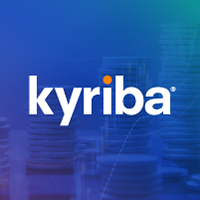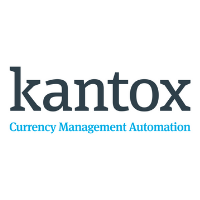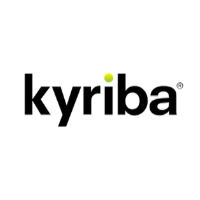Kyriba Unlocks Access to $15 Trillion Payment Network with Launch of Open API Platform
25-10-2021 | treasuryXL | Kyriba |
Kyriba, a global leader in cloud-based finance and IT solutions, today announced the launch of its Open API Platform to enable composable technology solutions for CFOs, CIOs and Treasurers, and accelerate the next generation of finance innovation. Kyriba’s Open API Platform streamlines the creation and connectivity of new applications for the company’s trusted network, which connects 1,000 banks, manages over a million bank accounts, and processes over 200 million payments worth 15 trillion USD annually.
The Open API Platform is accessible through Kyriba’s newly launched Developer Portal, which connects fintech developers to Kyriba’s 2,000+ global corporate clients who have integrated Kyriba into their treasury processes, enterprise payments systems, and ERP platforms.
“Kyriba Open API Platform will radically unlock fintech innovation for enterprise CFOs and their CIO counterparts,” said Boris Lipiainen, CTO of Kyriba. “Beyond simplifying and accelerating bank and ERP connectivity, fintech developers will bring new apps to the Kyriba network and empower the next generation of financial technology.”
APIs are transforming the way Finance and IT consume and integrate data and are the gateway to delivering real-time services, artificial intelligence, and composable digital finance solutions for CFOs and CIOs. According to Gartner® research, “Gartner predicts through 2024, 50% of financial application leaders will incorporate a composable financial management system approach to their solution selection. Gartner defines a composable architecture as one where highly modular applications can be composed and recomposed to deliver capabilities and outcomes that keep up with the rapid pace of business change1.”
“Kyriba’s Open API Platform eliminates the need for internal IT teams to deliver a patchwork of custom interfaces and RPA bots to satisfy the growing need for hyperautomation,” said Félix Grévy, VP of Open API and Connectivity at Kyriba. “Our Platform enables Kyriba clients and our network of development partners to accelerate product innovation and deliver composable technology solutions to eliminate fraud, mitigate risk and optimize enterprise liquidity.”
For more information about Kyriba’s Open API Platform, visit Kyriba.com or the Kyriba Developer Portal and listen to their webinar APIs:The Catalyst for Real-Time Treasury.

















